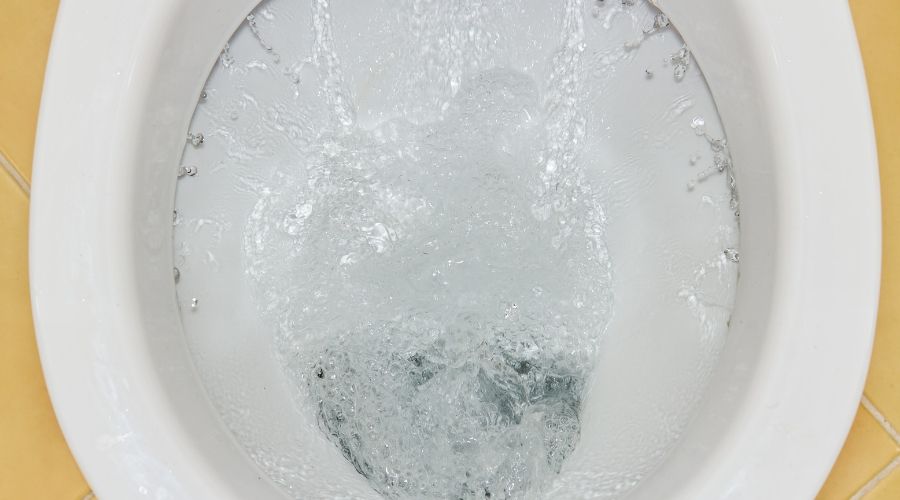Most people are familiar with the flushing toilet since it’s the standard toilet in most homes. Even if you’re satisfied with your current flush toilet, it might be good to learn a bit about the other options out there. Here is a breakdown of some flushing toilet variations for the home or workplace.
A Typical Flushing Toilet
The standard toilet consists of a bowl that is attached to a trap or piping that takes on a curved bend similar to an “S” or a “U.” The trap allows for water collection in the bowl, which explains why your toilet is never empty of water. Moreover, the curvy shape of the pipes keeps harmful odors and gases out of the home. Many flushing toilets are connected via tubing to a sewage system that transports flushed material to a collective sewage plant. Alternatively, a septic tank may be used, which collects wastewater and may transport it to a holding facility.
Low-Flow Toilets
As the population learned more about excessive water usage, the proliferation of low-flow toilets grew. These toilets involve using less water so as to cut down on overall water consumption. There are even some toilets that will use little to no water for a flush that involves strictly urine. Even so, most low-flow toilets will incorporate water into every flush. These toilets work in much the same way as a standard toilet but they cut down on the amount of water used to usually less than five liters. Read our reviews of dual flush toilets.
Similar to low-flow toilets are high-efficiency toilets, which are meant to be a new and improved design based off of the low-flow model. These toilets may require one flush (typically for urine) or two in the case of solid matter.
Fixed Tanks and Flush Valves
A flushing toilet employs one of two flushing methods. The first involves using a fixed tank in which a device in the flush tank releases water into the bowl. The flush tank usually sits above or behind the toilet bowl, especially among more modern models. A flush valve, or tank fill valve, can have a side-float or a concentric-float design. The side-float design is older and is dropping in popularity among modern toilets. It involves a lever attached to the tank valve with a float on one end. When the float rises, it brings the lever arm up with it, which causes the tank valve to stop water flow into the tank. This ensures that the water level in the tank stays consistent.
The other method uses a concentric float, which is basically a tower-like device that is surrounded by a plastic float. It works in much the same way with the water flow being stopped as the float rises. However, this system is much more reliable as it reduces the risk of interference from other parts in the toilet tank.
Squat Toilets
Finally, some flushing toilets can be made for squatting instead of sitting, although you’re not likely to find these in the United States. A squat toilet is easily accessible for both men and women and has the bowl installed into the floor of the bathroom. Having the toilet bowl at floor level is an added convenience for those who are used to bidet-style washing in the bathroom as well.
These toilets might look a bit strange to those who are used to a sitting toilet but the design is quite similar. There is less material needed and there is still a tank with a flusher in most cases. Interestingly enough, many experts agree that a squatting position is better than a sitting one anyway. Maybe your next toilet should be a squatting toilet.

